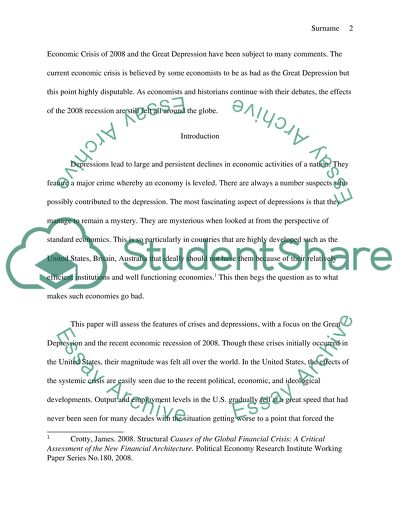Cite this document
(“Presentist History Essay Example | Topics and Well Written Essays - 2500 words”, n.d.)
Retrieved from https://studentshare.org/history/1397535-presentist-history
Retrieved from https://studentshare.org/history/1397535-presentist-history
(Presentist History Essay Example | Topics and Well Written Essays - 2500 Words)
https://studentshare.org/history/1397535-presentist-history.
https://studentshare.org/history/1397535-presentist-history.
“Presentist History Essay Example | Topics and Well Written Essays - 2500 Words”, n.d. https://studentshare.org/history/1397535-presentist-history.


